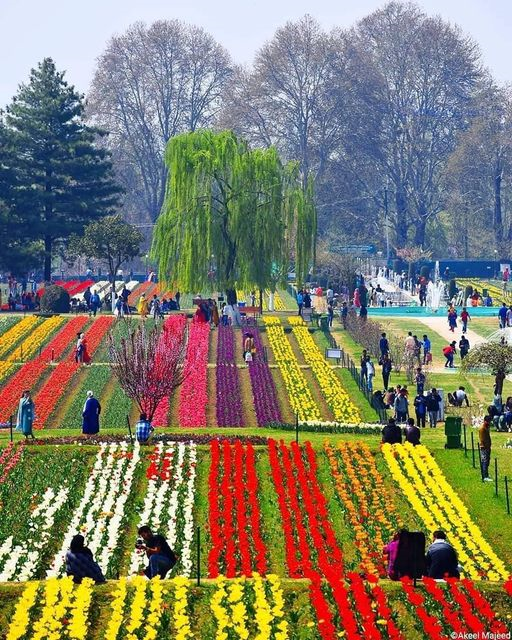Uttarakhand, located in the northern part of India, is known for its diverse horticultural activities due to its varied climate and topography. The state’s horticulture sector includes the cultivation of fruits, vegetables, flowers, and medicinal plants.
Fruits
Apples, Plums, Peaches, Citrus, Hazelnut, Pecan,Walnuts
Apples, Plums, Peaches, Citrus, Hazelnut, Pecan,Walnuts
Vegetables
Potatoes: A major crop in the higher altitudes. Cabbage, Cauliflower, and Spinach: Grown in the cooler areas of the state.
Potatoes: A major crop in the higher altitudes. Cabbage, Cauliflower, and Spinach: Grown in the cooler areas of the state.
Flowers
Marigolds, Roses,Tulips, Saffron, Rosemarry, Sage and Gladiolus: These are cultivated in various parts, with a focus on both domestic consumption and commercial purposes.
Marigolds, Roses,Tulips, Saffron, Rosemarry, Sage and Gladiolus: These are cultivated in various parts, with a focus on both domestic consumption and commercial purposes.
Medicinal Plants
Elder berries, Goji berries ,Ginkgo biloba, Aloe Vera, Ashwagandha, and Tulsi: These are grown for their medicinal properties and have significant market value.
Elder berries, Goji berries ,Ginkgo biloba, Aloe Vera, Ashwagandha, and Tulsi: These are grown for their medicinal properties and have significant market value.
Challenges and Opportunities
Climate: The varied climate of Uttarakhand offers opportunities but also poses challenges. The high altitude areas have a cooler climate suitable for certain crops, while the lower regions have a warmer climate.
Climate: The varied climate of Uttarakhand offers opportunities but also poses challenges. The high altitude areas have a cooler climate suitable for certain crops, while the lower regions have a warmer climate.
Infrastructure: Improving infrastructure for storage, transportation, and marketing can help enhance the profitability of horticultural produce.
Sustainable Practices: Implementing sustainable and organic farming practices can improve yields and reduce environmental impact.
The state government often supports horticulture through various schemes and subsidies to boost production and help farmers.
Availability: Planting materials/Seeds
Jammu and Kashmir Medicinal Plants Introduction Centre
POB 40 GPO, Srinagar,Kashmir, JK 190001
WhatsApp/Telegram : 9858986794
Ph: 01933-223705
e-mail: jkmpic@gmail.com
Jammu and Kashmir Medicinal Plants Introduction Centre
POB 40 GPO, Srinagar,Kashmir, JK 190001
WhatsApp/Telegram : 9858986794
Ph: 01933-223705
e-mail: jkmpic@gmail.com
 |
| Uttrakhand Horticulture |
High-Altitude Farming Uttarakhand,
Uttarakhand Medicinal Plants,
Uttarakhand Flower Farming,
Uttarakhand Agriculture,
Horticultural Practices Uttarakhand,
Organic Farming Uttarakhand,,
Horticultural Innovations Uttarakhand,
Fruits and Vegetables of Uttarakhand,
Uttarakhand Horticultural Development,
Sustainable Farming Uttarakhand,
Uttarakhand Farming Trends,
Uttarakhand Horticultural Schemes,
Uttarakhand Agricultural Research,
Uttarakhand Medicinal Plants,
Uttarakhand Flower Farming,
Uttarakhand Agriculture,
Horticultural Practices Uttarakhand,
Organic Farming Uttarakhand,,
Horticultural Innovations Uttarakhand,
Fruits and Vegetables of Uttarakhand,
Uttarakhand Horticultural Development,
Sustainable Farming Uttarakhand,
Uttarakhand Farming Trends,
Uttarakhand Horticultural Schemes,
Uttarakhand Agricultural Research,



